Visual Arts In Israel
| Disclosure: The links on this page are "Affiliate Links" and while these are shown at no costs to our viewers, they generate commissions for our website(s) |
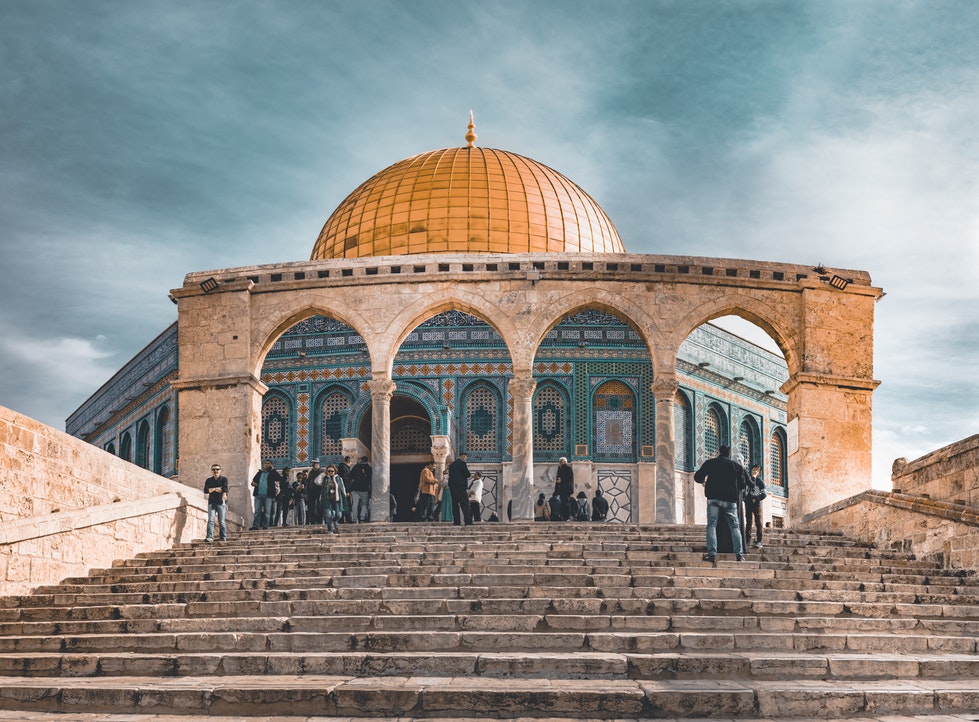
The art scene in Israel had its beginnings in the early part of the 20th century when the rebirth of a Jewish state in the Land of Israel was beginning to take shape.
Israel's leading school of the visual arts – Jerusalem’s Bezalel Academy of Art and Design - was established in 1906 by sculptor Boris Schatz. Named for Bezalel Ben Uri - the first artist mentioned in the Bible - its establishment is considered the first major milestone in the development of art in modern Israel.
The first works of art to emerge from Bezalel were of a traditional Jewish and Biblical nature. Gradually, however, a modern secular ideology emerged and art disassociated from religious, Diaspora-oriented traditions began to develop. This movement, known as the “Rebels of Bezalel”, sought to pay homage to the Middle East and the “New Jew” by depicting the landscape and local people of the country, and its members sought to express their newfound identity as “Hebrew” rather than “Jewish” artists. This movement was established by Avraham Melnikov Yosef Zaritzky, and Reuven Rubin, and is considered to have had a major influence upon many aspects of Israeli life to this day.
Bezalel underwent numerous changes until it became the leading academy for art and design and moved to its present Jerusalem location on the Mount Scopus campus of the Hebrew University.
Throughout the school's existence Bezalel graduates have taught young artists who have pursued many new directions and broadened the landscape of local creativity to encompass other institutions, museums, and galleries both in Israel and abroad.
Israel art is displayed in museums and galleries throughout the country. Indeed, there are more museums per capita in Israel than in any country on earth. Information about current exhibits is available at
www.ilmuseums.com
Jerusalem and Tel Aviv museums

Jerusalem museums
Jerusalem , the capital city of Israel, served as the country’s cultural and economic center for centuries. The city has numerous art, archaeological and historical museums and the streets and parks of Jerusalem are full of art and sculpture. Scroll down for a list of Jerusalem’s leading museums of Jerusalem. To know more: Jerusalem Municipality website .
The Israel Museum
The Israel Museum is the largest cultural institution in Israel and is ranked among the world's leading art and archaeology museums. It houses encyclopedic collections including works dating from prehistory to the present day in its Archaeology, Fine Arts and Jewish Art and Life Wings and features the most extensive holding of Biblical and Holy Land archaeology in the world.
In the summer of 2010, the Museum completed a comprehensive upgrade of its 20-acre campus featuring new galleries, entrance facilities and public spaces. Among the highlights of the Museum's original campus is the Shrine of the Book, which houses the legendary Dead Sea Scrolls, the oldest biblical manuscripts in the world. Adjacent is the Model of Jerusalem in the Second Temple Period, which provides historical context to the Shrine’s presentation of the Scrolls.
The Museum’s celebrated Billy Rose Art Garden is counted among the finest outdoor sculpture settings of the 20th century with works by modern masters including Jacques Lipchitz, Henry Moore, and Pablo Picasso. The Ruth Youth Wing for Art Education presents a wide range of programming and exhibition galleries.
The Museum is too large for most visitors to cover in asingle visit. We suggest visitors check on what exhibits are in progress andplan a route in the Museum to cover areas of greatest interest.
Audio guides in selected languages are available free ofcharge in the Entrance Pavilion. The Museum also offers scheduled daily guidedtours free of charge in Hebrew and English, once a week in French, and once aweek in Spanish. To know more: museum website .
The Bible Lands Museum
The Bible Lands Museum is located near the Israel Museum. Its exhibits include a large collection of archaeological artifacts that open a doorway to ancient Mid-Eastern cultures. Using maps, sketches, Biblical quotations and priceless exhibits, the museum illustrates the ties between the various peoples of the region, visitors are led along a time line beginning in Biblical times and ending in our modern era. The museum also has a spacious garden with trees and plants that are mentioned in the Bible. To know more: museumwebsite .
The Tower of David Museum
At the Tower of David Museum, not only do the captivating exhibits deepen your understanding of Jerusalem, its very stones are part of this city’s living history. Each ancient room has been revamped to showcase a different period, allowing the tempestuous events of 4,000 years to fall perfectly into place in your mind. With each doorway you exit, you look down into the citadel’s central courtyard, where archaeologists have unearthed remains dating from the Maccabees to the Middle Ages. The museum also utilizes its unique space for multi-sensory exhibits by leading designers and artists from Israel and abroad, and for memorable private functions.
To know more: www.towerofdavid.org.il
Ticho House
A small museum located in the center of the city, Ticho House
is a separate branch of the Israel Museum. The house was built in 1868 and purchased in the 1920’s by a Vienna-born ophthalmologist named Avraham Albert Ticho and his wife, Anna. The first floor served as a clinic and the couple resided upstairs. Anna Ticho studied art in Vienna and her work captured the faces, moods and vistas of early 20th-century Jerusalem. In 1980, she was awarded the Israel Prize for her art work. After her death, the house was converted to a museum with a permanent exhibition of her paintings, Hanukkah menorahs from Dr. Ticho's collection, an extensive library, gift shop, and coffeehouse. The house and garden are also used for concerts and receptions.
The Jerusalem Artists' House
This museum , located in a 19th-century stone building, was the original site of the Bezalel School of Arts and Crafts. It hosts temporary exhibits of Israeli artists.
Islamic Arts Museum
The Islamic Arts Museum is located near the Jerusalem Theater, and is considered one of the world’s finest museums of Islamic art. The museum displays Islamic art from the 7th century to modern times, with artifacts from Israel, Egypt, Syria, Iraq, Turkey, India, Afghanistan, Spain and Iran. The permanent and temporary exhibits include rich collections of pottery, glass, and metal work, ritual artifacts, jewelry, paintings, and tapestries. The museum also holds creativity workshops, plays and performances for children during school vacations. Guided tours are available in Hebrew, English and Arabic. To know more: museum website .
Museum on the Seam
The Museum on the Seam sits atop the barbed-wire frontier that divided Israeli from Jordanian Jerusalem from 1948 to 1967. Formerly known as the Tourgeman House, its bullet holes are witness to former conflict. It became a municipal museum in 2000. The museum presents the events of the past through multimedia, photography, art exhibits and video, placing emphasis on co-existence and tolerance.
The Rockefeller Museum
The Rockefeller Museum , one of the first buildings built outsidethe walls of the Old City, is a branch of the Israel Museum. Its exhibits are mostly archaeology, but visitors also come to admire the beautiful building itself. Originally built in the 17th century as a private home, it was in 1906 that the Jewish National Fund sought to purchase the compound for Bezalel School of Arts and Crafts. In 1919 the administration of the new British Mandate designated the site as an archaeological museum. To know more: museum website .
Tel Aviv Museums
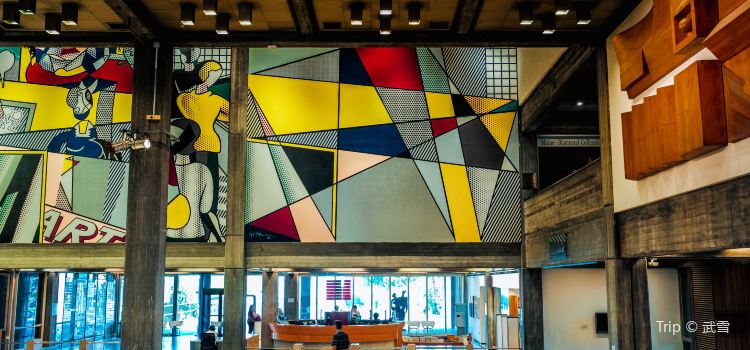
If Jerusalem is Israel’s Washington DC, Tel Aviv is Israel’s New York City. Created as an outgrowth of the ancient port of Jaffa (Yafo), Tel Aviv was founded in 1909 and a dynamic modern city on the Mediterranean shore that is the heart of a metropolitan area of some 3.5 million people.
Tel Aviv as a city is art. As a result of immigration to Israel by German Jews in the 1930’s, Germany’s Bauhaus architecture movement found a new identity in Tel Aviv and the city is home to more Bauhaus buildings than any city on earth. So much so that Tel Aviv’s “
White City
” – as the Bauhaus neighborhoods are known – has been designated a UNESCO World Heritage Site.
Israel’s capital of business, entertainment and the arts, Tel Aviv has lately developed the persona as a member of the grouping of “cool” cities that includes Barcelona, Istanbul, Melbourne, Miami Beach and Rio de Janeiro. Israel's leading theater companies, Habimah, Kameriand Gesher, are located in Tel Aviv, as are the Tel Aviv Performing Arts Center, the New Israeli Opera, the Conservatory, the Frederic Mann Auditorium (home of the Israel Philharmonic Orchestra) and the Cinemathèque. The city is full of outdoor sculpture and numerous art galleries exhibit works by Israeli artists. Parks and public centers host street shows, and the city has a wide variety of clubs with music for every taste.
However short a Tel Aviv stay, no visitor with an artistic bent should miss the Old City of Jaffa (Yafo) with its picturesque port and artists' colony, Neve Tzedek, the oldest and most colorful neighborhood in Tel Aviv and home of numerous artists, and Gordon Street with its many art galleries. To know more:
municipality website
.
The Tel Aviv Art Museum
The permanent collection of The Tel Aviv Art Museum - the city’s largest - includes over 20,000 prints and drawings, as well as paintings and sculpture by recent Israel artists, Renaissance European art and works from the Renaissance, impressionist and modern eras. The Helena Rubenstein Pavilion,with its permanent and temporary exhibits, is a remote branch of the museum located in the city center next to the Frederic Mann Auditorium and Habimah theater. To know more: museum website .
The Land of Israel (Eretz Israel) Museum
The Land of Israel Museum contains an entire world of visual, cultural,and historical treasures. The museum collections are displayed in different pavilions devoted to glass, ceramics, coins, philately, Judaica, ethnography and folklore. The museum grounds encompass the archaeological site of Tel Kasila- a Philistine port city dating back more than 3,000 years, a planetarium simulating space flight, the fire engine donated in 1948 by the City of New York to Israel’s first fire brigade and a plaza with ancient mosaics and an olive press. To know more: museum website .
Museon Hatefusoth
Also known as the Museum of the Jewish People, The Diaspora Museum is dedicated to the history of the Jewish people in the Diaspora. Located on the campus of Tel Aviv University, the permanent exhibition includes ethnic artifacts from Jewish communities throughout the world. Jewish life in diverse geographic regions is illustrated by means of drawings, models, video, music, photography, sound and light. A computer center enables visitors to search family roots . To know more: museum website .
Museums in Haifa and outside the central urban area
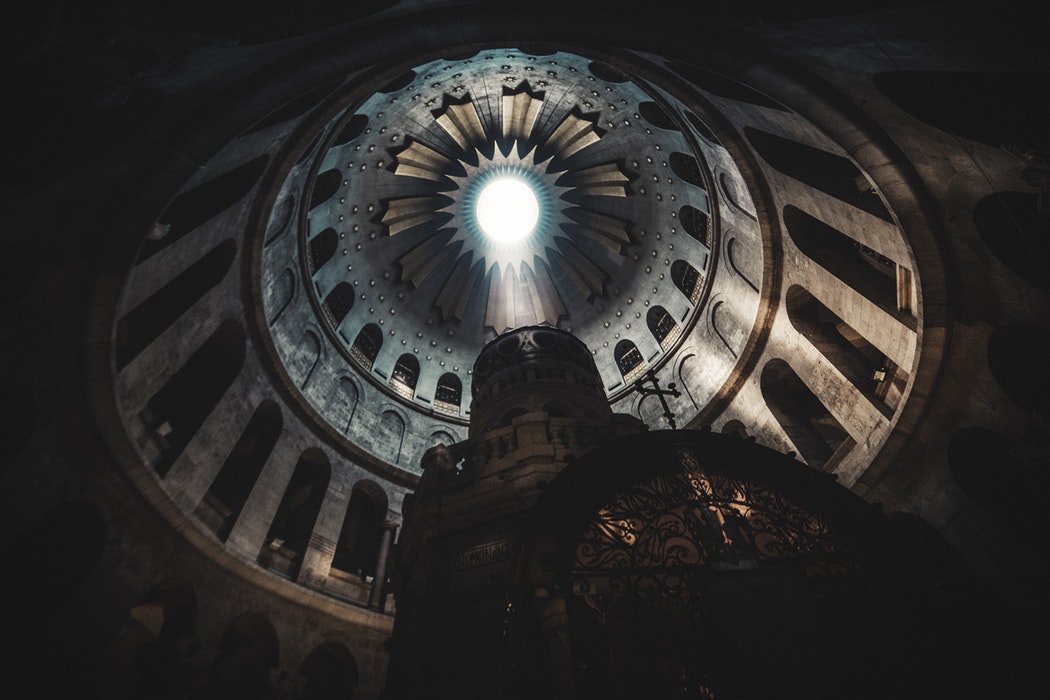
Haifa Museum
Haifa ,the third largest city in Israel. The city has multiple museums of history,culture, esoterica and art. To know more: www.haifamuseums.org.il
The Haifa Art Museum
Located in the German Colony’s Templar town hall dating from 1869, the Haifa Art Museum has both permanent and temporary exhibits of modern Israeli and international art. Emphasis is placed on the unique quality of Haifa as an integrated Jewish-Muslim-Christian-Druze city. The museum also sponsors cultural activities, dance performances, concerts, and lectures. To know more: museum website .
The National Maritime Museum
The National Maritime Museum relates the history of Israel as a country bordering the Mediterranean Sea. Exhibitions include artifacts and documents about the ports, beaches, the movements of ships to and from Israel,and the history of seafaring. The exhibits express the connection between man and the sea and the history of seafaring people through works of art pertaining to the sea. To know more: museum website .
The Tikotin Museum of Japanese Art
The Tikotin Museum, located on the summit of Mount Carmel, was created to introduce the Israeli public to Japanese art and culture. The museum, unique in the Middle East, hosts Japanese music concerts, lectures by experts on the Far East, and evenings dedicated to events, ceremonies and festivals of Eastern Asian origin. To know more: museum website .
The Hecht Museum at the University of Haifa
The Hecht Museum at the University of Haifa was inaugurated in 1984. The Permanent Archaeological Exhibition includes archaeological artifacts representing the material culture of the Land of Israel in ancient times and the Art Wing concentrates on impressionism and the work of Jewish artists of the School of Paris.
Museums outside the urban centers
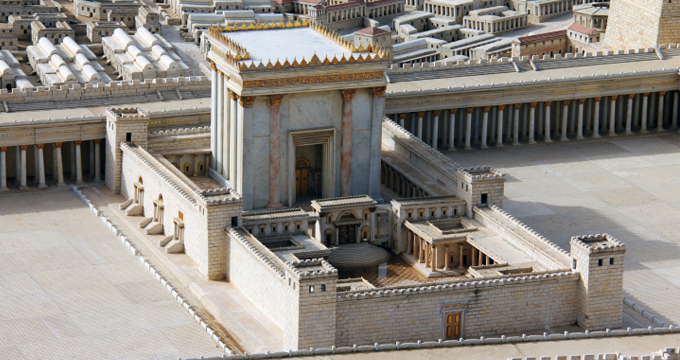
The Janco Dada Museum
The Janco Dada Museum is named after the artist Marcel Janco, a founding member of the avant-garde Dada movement. The museum is located in the artists' village of Ein Hod near Haifa.
Rali Museum
The Ralli Museum in Caesarea is one of four museums in the world founded by art collector, Harry Recanati, whose goal is to support budding contemporary artists. The museum is built in the form of a Spanish villa and exhibits European and Latin American art as well as the works of promising artists.
The Tefen Industrial Garden
Tefen is one of four industrial parks established by industrialist, Stef Wertheimer, in an effort to create a place that links industry with art. The industrial park contains an open museum with temporary exhibitions of the work of Israeli artists, a permanent exhibit depicting the history of German immigration to Israel, a sculpture garden and an exhibit dedicated to the development of Israeli industry.
The Museum of Art Ein Harod
This museum is located at Kibbutz Ein Harod and is the largest museum in the northern Israel. The museum is naturally lit and overlooks the Jezreel Valley and Mount Gilboa. Numerous Israeli artists have exhibited their works here and it possesses a rich collection of Judaica, photographs and graphics.
Music, Theatre and Festivals

The Israeli Philharmonic Orchestra
The Israel Philharmonic Orchestra has been Israel's national orchestra since its establishment as the Palestine Philharmonic Orchestra in 1936. Its musical director, Indian-born Zubin Mehta, is considered one of the world’s greatest conductors and musicians. The orchestra hosts renowned guest conductors and musicians, and appears in concerts throughout Israel and abroad. The orchestra’s home base is the Frederic Mann Auditorium in Tel Aviv. The concert schedule of the Israel Philharmonic is available here .
The Jerusalem Symphony Orchestra
The Jerusalem Symphony Orchestra was established in the 1940''s by the Israel Broadcasting Authority. Its musical director is Leon Botstein and its base is the Henry Crown auditorium of the Jerusalem Theater. All concerts are recorded and broadcast on Israel 's classical music station. The concert schedule of the Jerusalem Philharmonic is available here .
Additional orchestras in Israel include the Haifa Symphony Orchestra, the Ramat Gan Orchestra, the Be'er Sheva Simfonetta, and the Israeli Chamber Orchestra.
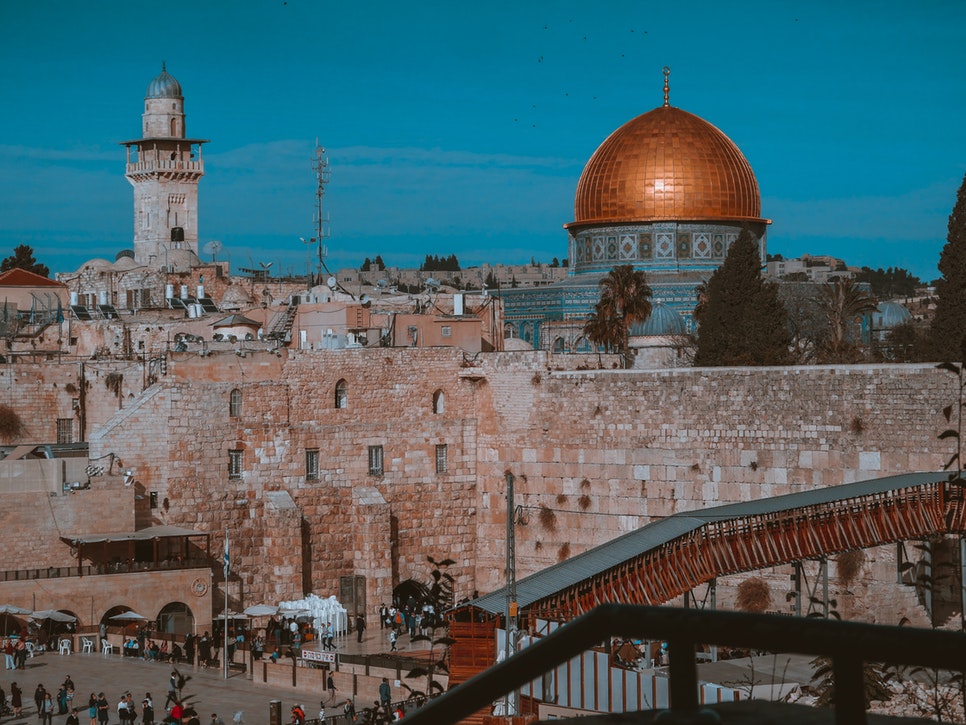
Theater
Theater in Israel is the product of many cultural origins and consists of numerous small and large theater groups of various styles and genres. The first theater professionals in Israel were immigrants who came Israel from Europe and Russia, creating a legacy that maintains an intense dialogue with innovative modern theatrical thinking.
Habima
The Habima Theater (Habimah means “The Stage”) was started in the first decades of the 20th century in Moscow, and its original members immigrated to Tel Aviv in the 1920’s. Considered “The National Theatre of Israel, ”Habimah" presents both classical and contemporary plays. The company performs countrywide, but its home is the elegant Habimah Theater in the heart of Tel Aviv.
Cameri
The Cameri theatre company was founded in 1944 as a local, younger alternative to the “Eastern European” Habimah. More than 60 years later, the Cameri gives some 1,700 performances a year – plays, comedies and musicals – and is headquartered in a complex of 5 auditoriums at the Tel Aviv Performing Arts Center.
Additional theater companies in Israel include:
- Tsavta in Tel Aviv presents mainly fringe theater.
- Gesher caters to the Russian-speaking and Eastern European theater audience.
- The Haifa Theater is a large, contemporary theater group which organizes an annual theater festival of children's plays, and also presents plays in Arabic.
- The Yaffo Arab - Jewish Theater presents fringe theater nature.
- Te Be'er Sheva Theater is a large theater group located in BeerSheva southern Israel. The group performs original productions and hosting plays from other theaters.
- The Khan , a theater company in Jerusalem that performs in the atmospheric Khan, a former Turkish Bath complex.
Dance
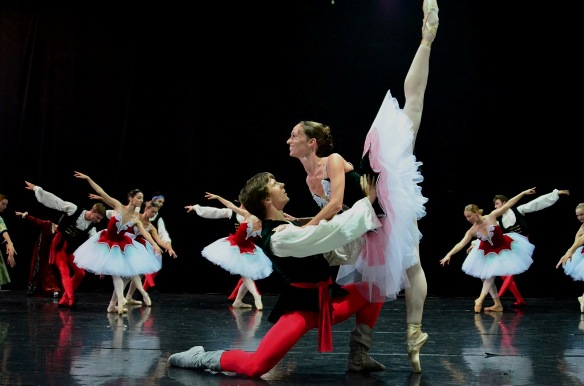
The Israeli Ballet
The Israeli Ballet company performs a rich repertoire of classical ballet. To know more: Israeli Ballet Internet site .
Bat Sheva Dance Company
Israel’s most renowned dance company was founded by Batsheva de Rothschild in the 1960’s. Today, its artistic director, Ohad Naharin, is considered to be one of the most renowned choreographers in the world. The Batsheva Dance company is headquartered at the Suzanne Dellal Dance Center in Tel Aviv.
To know more: www.batsheva.co.il
The Kibbutz Dance Company
A popular dance company that originated in the northern kibbutz Ga'aton, the company stages performances for adults and children that are choreographed by Rami Be'er. Its performances of modern dance have been acclaimed throughout the world. Performance details are available here .
Additional leading Israeli dance companies include Bat Dor, Inbal, the Noa Dar Company, and Mayumana.
Opera
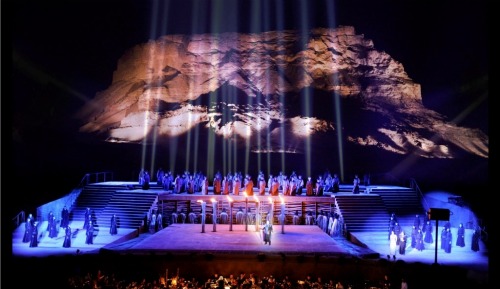
The Israeli Opera at the Tel Aviv Performing Arts Center
The Tel Aviv Performing Arts Center offers a variety of artistic activities, including dance performances, classical music and jazz concerts, performances for children, in depth back stage tours, fine arts exhibitions and above all - the Israeli Opera productions, which are appreciated by opera professionals all over the world.
TAPAC, featuring a state of the arts performance hall, is located in a beautiful building designed by the late Israeli architect Yaacov Rechter, with a modern day foyer designed by renowned Israeli architect Ron Arad, in the center of the exciting cultural hub of the city of Tel Aviv- Yafo, the cultural capital of Israel.
The Israeli Opera has established itself as one of the leading international opera houses, featuring leading opera professionals (singers, conductors, directors and designers) and co-produces its major productions with some of the major opera houses around the world. The Israeli Opera has been invited and performed in international opera festivals around the world.
Since its inauguration 23 years ago, the Israeli Opera initiates a vast education and outreach program all around Israel, in order to expose new and different audiences to the magical world of opera and to make opera accessible to as wide an audience as possible.
Performances are listed here .
Festivals
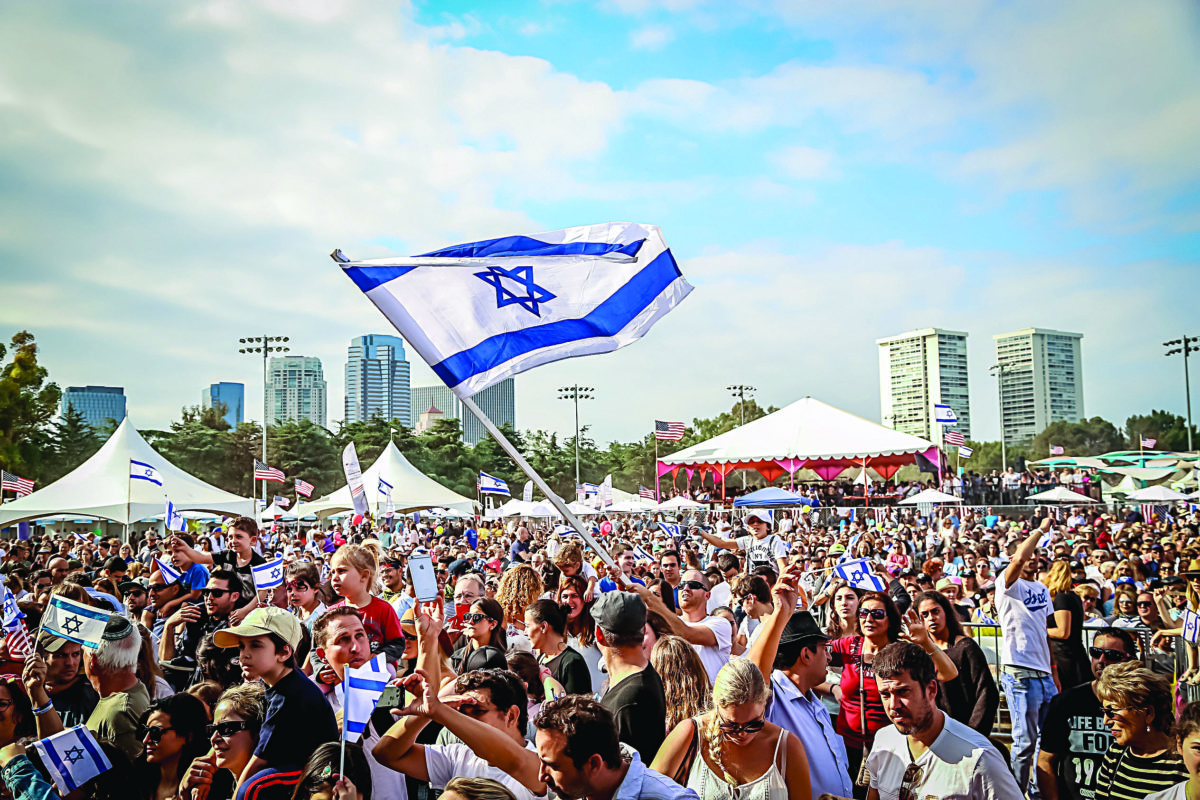
Traveling festivals and local productions take place in Israel throughout the year. They include art-oriented festivals such as stringed-instrument festivals, children's theater, festivals for promoting citizens' rights through visual arts, numerous film festivals, and street festivals featuring food and drinks.
The Israel Festival
The Israeli festival is Israel’s leading cultural festival, held every May and June in Jerusalem. The festival features performances of music, dance, and theater from around the world. The current Festival’s program is listed here .
The Karmiel Dance Festival
The Karmiel Dance Festival is held in the northern city of Karmiel each July. The festival includes dance performances and public folk dancing sessions.
The Acre (Ako) Alternative Theater Festival
The city of Acre hosts a festival of alternative theater each year during the holiday of Sukkot . Alternative theater productions are staged indoors and on the street. To know more: here .
The Eilat International Jazz Festival
The Eilat International Jazz Festival takes place during the last week in August in the southern resort of Eilat , features leading jazz musicians from around the world.
Content provided by http://www.goisrael.com/




